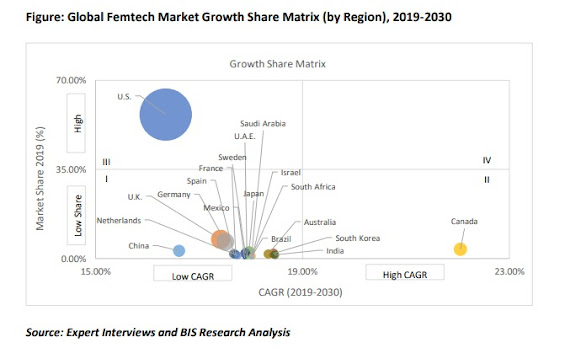One such technique for gene sequencing is single cell sequencing, which falls under the category of next-generation sequencing methods. Single cell sequencing looks at the sequence data from individual cells, allowing for a better understanding of cellular differences and the function of a single cell in relation to its microenvironment.
Bioanalytical technology advancements have made it easier to study the dynamic activities of single cells, transcripts, and proteins. It enhances the capacity to research cellular diversity and how it affects both healthy and unwell processes. Bioinformatics is the study and analysis of such vast and intricate biological data, such as genetic codes.
The single cell bioinformatics market is expected to expand significantly thanks to the platforms and technology currently available. The global single cell bioinformatics software and services market was estimated to be worth $205.2 million in 2020, and it is anticipated to grow with a CAGR of 10.89% and reach $634.8 million by 2031, according to a BIS Research market report.
Single Cell Sequencing Techniques' Contribution to Medical Research
Single cell sequencing methods (SCS) are regarded as a potent tool for characterising complex populations and studying rare cells. SCS techniques for DNA and RNA analysis have significantly influenced a wide range of biological disciplines over the past few years, including microbiology, neurobiology, development, tissue mosaicism, immunology, and cancer research. The following section discusses a few of these contributions to SCS technology.
- SSC technology makes it possible to analyse and comprehend various cell types, leading to a better understanding of the genetic variations of cancer. On the basis of DNA/RNA variations, it aids in characterising specific tumours and providing detailed information on the clonal evolution. It may involve researching drug-resistant clones, metastatic clones, cancer stem cells, and lineage analysis.
Additionally, it is employed to learn more in-depth information about intricate neural tissues. Additionally, single-cell sequencing makes it simple to identify cell types and markers. Understanding personal variations in biological processes and developmental biology is aided by this.
- Rare cell type identification and analysis: SSC technology has proven to be very effective in locating and analysing rare cell types. The NGS approach and microarrays are the most frequently used methods for this purpose, but they have some drawbacks.
Single-cell RNA sequencing (scRNASeq) can precisely characterise the hidden population and measure each gene's expression in the case of rare cell types. This aids in getting around the other techniques' cell sample size restriction. A DNA RNA shield can also be used to effectively preserve the samples and improve the results. scRNASeq is the best option for all samples, whether they are plentiful samples of various cell types or rare samples.
- Finding cancer stem cells Everyone is affected differently by a complex disease like cancer in terms of severity, symptoms, and recovery. A significant contributor to tumour growth, drug resistance, and metastasis are cancer stem cells. Analysis of cancer stem cells is crucial early on to ensure accurate cancer diagnosis and treatment based on individual characteristics. In this instance, the SSC analysis is successful.
It aids in the recognition of genetic information, the regulation of genes, and the differentiation of gene expressions in different cells. As a result, it makes it possible for specialists to comprehend intra-tumoral diversity, examine cancer stem cells, and map tumour clones. It offers significant data for cancer research.
Examining developmental trajectories and gene regulatory networks This technology aids in the study of the molecular dynamics of various cell types as they go through various stages of development.
The experts are then able to map the developmental trajectories and comprehend changes in cell fate as a result. Even the transcriptional status of the various individual muscle stem cells and the primary myoblasts can be determined using this technique.
Single-cell sequencing is additionally used to determine the various cellular states and the rate of the cell cycle.
Researchers in science, academia, and the medical field are all beginning to understand the significance of single-cell sequencing techniques. Because of this technology, it is now possible to examine samples at the single-cell level, providing access to in-depth knowledge about disease subtypes and more effective treatments.
SCS has become a significant technology that has significantly advanced healthcare and medicine thanks to its many advantages.












